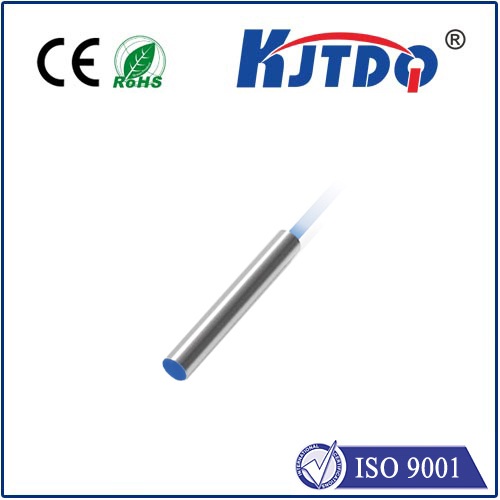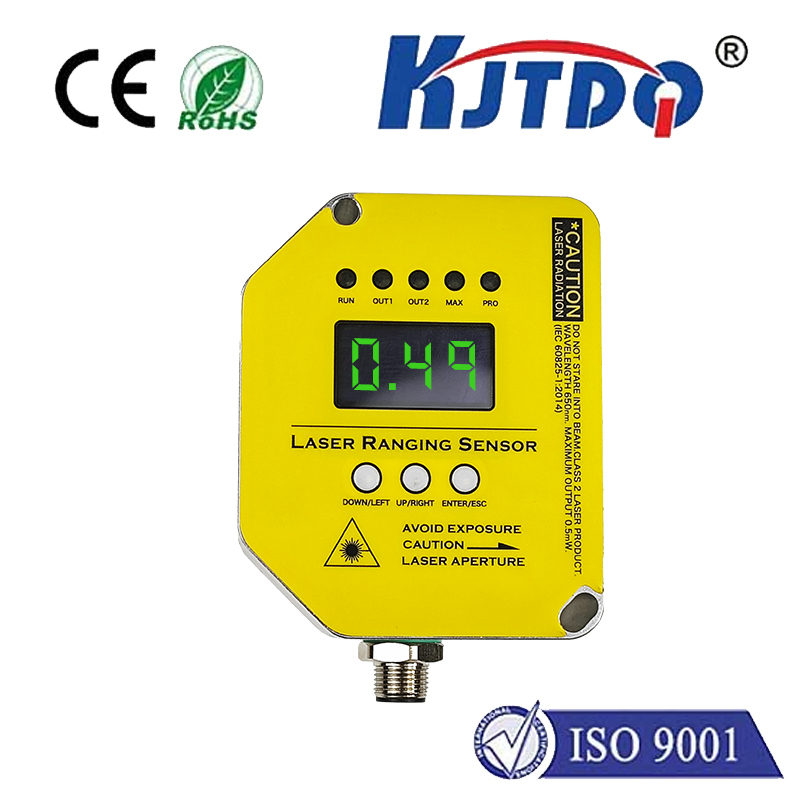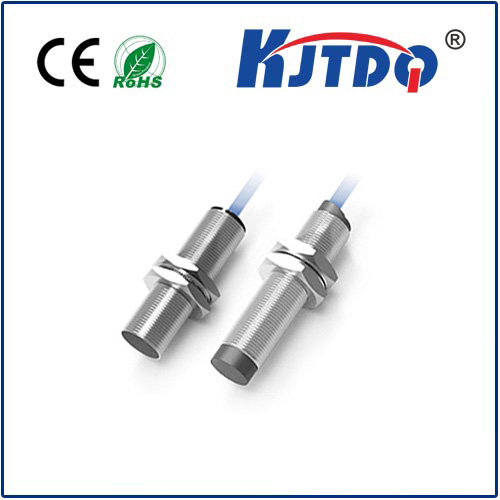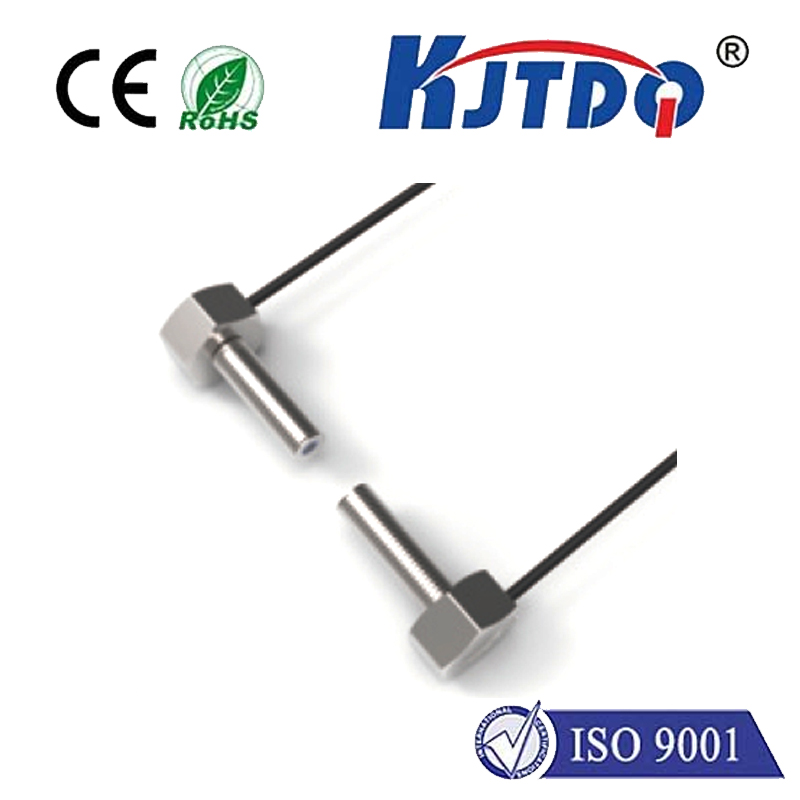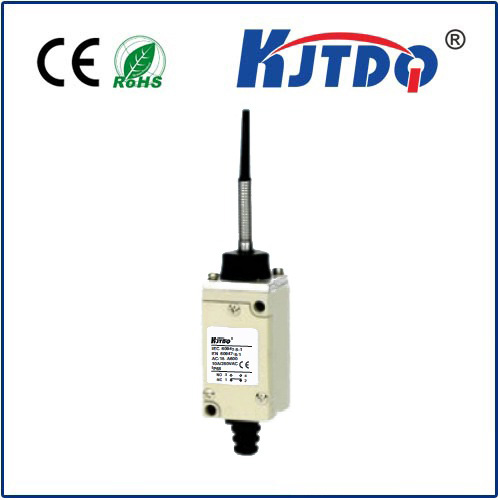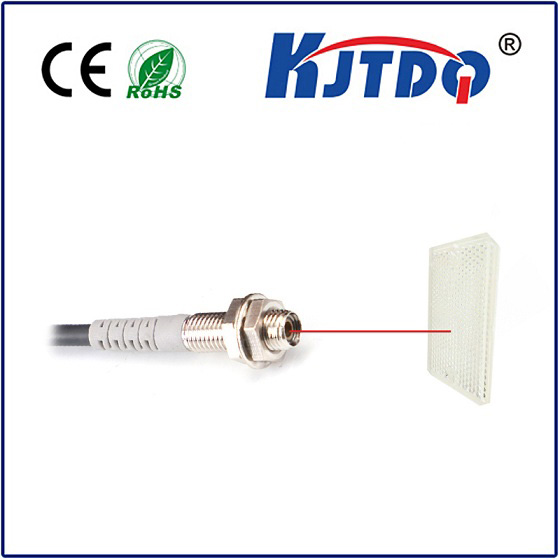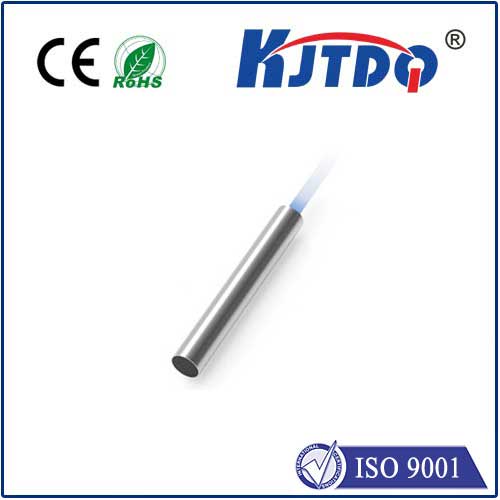photoelectric proximity sensors
- time:2025-09-10 18:42:04
- Нажмите:0
The Precision Detectives: How Photoelectric Proximity Sensors Revolutionize Automation
Imagine machines that can “see” without eyes, detecting objects instantly, reliably, and without touch. This isn’t science fiction; it’s the everyday reality powered by photoelectric proximity sensors. These unsung heroes of modern automation play a crucial role in countless industries, ensuring efficiency, safety, and precision where human senses fall short. But how exactly do these light-based sentinels work, and why are they so indispensable?
At their core, Фотоэлектрический датчик operate on a beautifully simple principle: they use light to detect the presence, absence, or distance of an object. A датчик приближения version specifically focuses on non-contact detection within a defined range. Combining these concepts, a photoelectric proximity sensor typically consists of an emitter (light source, often an LED) and a receiver (light-sensitive component like a phototransistor or photodiode). The sensor continuously monitors the light beam between these two points or how light reflects off a target.
The magic happens when an object interrupts or alters this light beam. There are three main operating principles, each suited to different challenges:

- Through-Beam Sensors: Featuring physically separated emitter and receiver units, these sensors detect an object when it blocks the light beam traveling directly from emitter to receiver. Renowned for their long detection ranges (often exceeding 60 meters) and exceptional reliability, they are ideal for large machinery, conveyor belt monitoring, and safety curtains. Their primary advantage is high immunity to target color, surface finish, or environmental factors affecting light reflection.
- Retroreflective Sensors: These house both emitter and receiver in a single unit, relying on a reflector placed opposite. The emitter’s light beam travels to the reflector and bounces back to the receiver. An object breaks this return beam, triggering detection. Offering simpler installation than through-beam (only one device needs wiring at the sensing point) and good range (often up to 10-15 meters), they are widely used in packaging, material handling, and door control. They are susceptible to objects that absorb light rather than reflect it.
- Diffuse Reflective Sensors: The most compact type, housing both emitter and receiver together. They detect an object when its surface reflects enough of the emitted light back to the receiver. This makes installation incredibly simple – just point the sensor at the target area. While offering ease of use and small size, diffuse sensors have shorter sensing ranges compared to other types and their performance is highly dependent on the target object’s color, reflectivity, size, and surface texture. Bright, reflective objects are detected much farther away than dark, matte ones. Advanced background suppression and foreground suppression variants mitigate issues with distant backgrounds or very close objects.
Why Choose Photoelectric Proximity Sensors?
These sensors have become ubiquitous for compelling reasons:
- Non-Contact Operation: They detect objects without physical touch, eliminating wear and tear on both the sensor and the target. This is vital for delicate items or high-speed machinery.
- Long Sensing Ranges: Particularly through-beam models offer detection capabilities over distances impractical for many other sensor technologies like mechanical switches or capacitive sensors.
- Многогранность: Capable of detecting virtually any object – metal, plastic, wood, glass, liquid levels, even transparent films (depending on sensor type and setup).
- High Speed: Light travels fast! Photoelectric sensors offer incredibly rapid response times, essential for high-speed sorting, counting, and assembly line applications.
- Environmental Ruggedness: Modern sensors are designed to withstand harsh industrial environments – dust, moisture, vibration, and temperature extremes are often factored into their IP (Ingress Protection) ratings.
Where Do These “Light Detectives” Shine?
The applications are vast and diverse:
- Packaging & Material Handling: Detecting boxes on conveyors, counting bottles, verifying label presence, positioning pallets, and controlling filling levels.
- Automotive Manufacturing: Ensuring components are present before assembly, verifying door or hood closure, robotic guidance, and end-of-line testing.
- Food & Beverage: Monitoring filling levels in bottles or tanks, detecting caps or labels, controlling conveyor product flow, and ensuring packaging integrity.
- Printing & Paper: Detecting paper jams, verifying sheet presence for printing or cutting, and controlling roll diameter.
- Electronics Assembly: Precision part positioning on PCBs, detecting tiny components, and verifying connector insertion.
- Security Systems: Part of intrusion detection by monitoring beams across windows or doors.
Selecting the Right Photoelectric Proximity Sensor
Choosing the optimal sensor depends on several factors:
- Detection Task: Is it presence/absence, counting, positioning, or level sensing?
- Object Properties: Size, shape, color, reflectivity, transparency?
- Required Sensing Range: How far away does the object need to be detected?
- Operating Environment: Dust, moisture, temperature, ambient light levels?
- Mounting Constraints: Space limitations? Access for wiring?
- Output Type Needed: Discrete (on/off) signals, analog distance output, or industrial communication protocols?
Understanding the fundamental principles and the operating modes (through-beam, retroreflective, diffuse) is key to matching the sensor technology to the application’s specific demands. Photoelectric proximity sensors are truly the workhorses of industrial sensing, providing reliable, non-contact detection that keeps modern automation running smoothly, efficiently, and safely. Their ability to precisely interact with the physical world using only light remains a cornerstone of countless automated processes.

